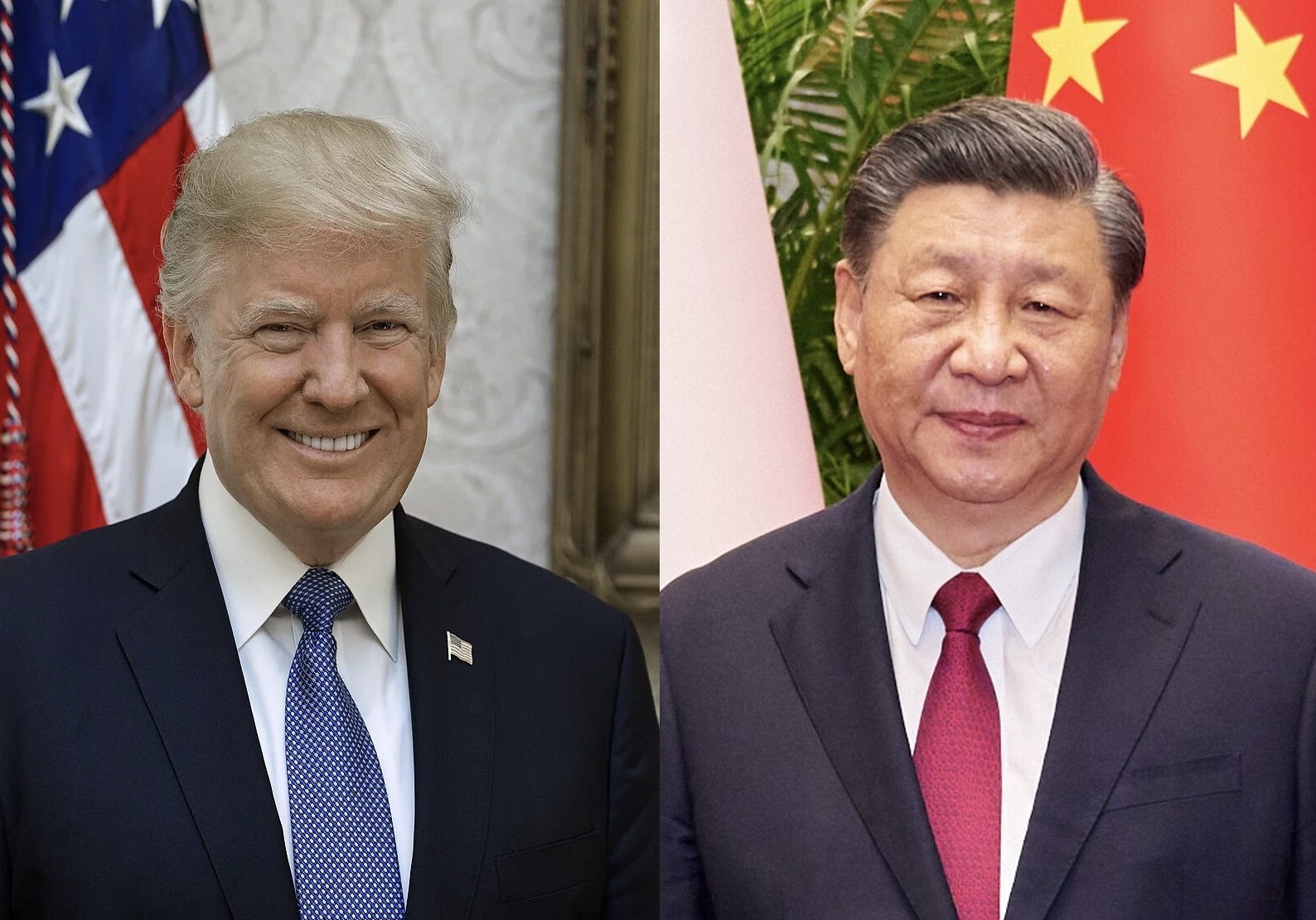According to US Treasury data cited by Bloomberg, Beijing sold $53.3 billion worth of US Treasury and agency bonds from its stockpile.
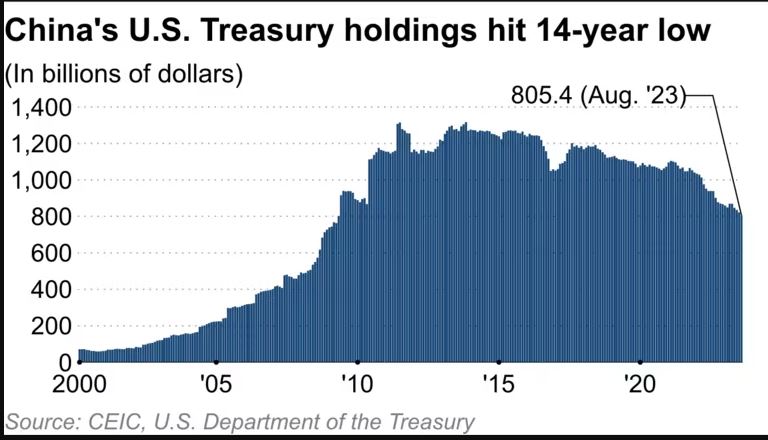
That’s above already eye-catching volumes China was offloading last year. Altogether, one estimate has calculated that the country has sold $300 billion of US Bonds between 2021 and mid-2023. China’s selling grew to the point that markets worried about higher yields.

But now, China seems to be accelerating its step back, as trade relations seem unlikely to improve between Beijing and the US.
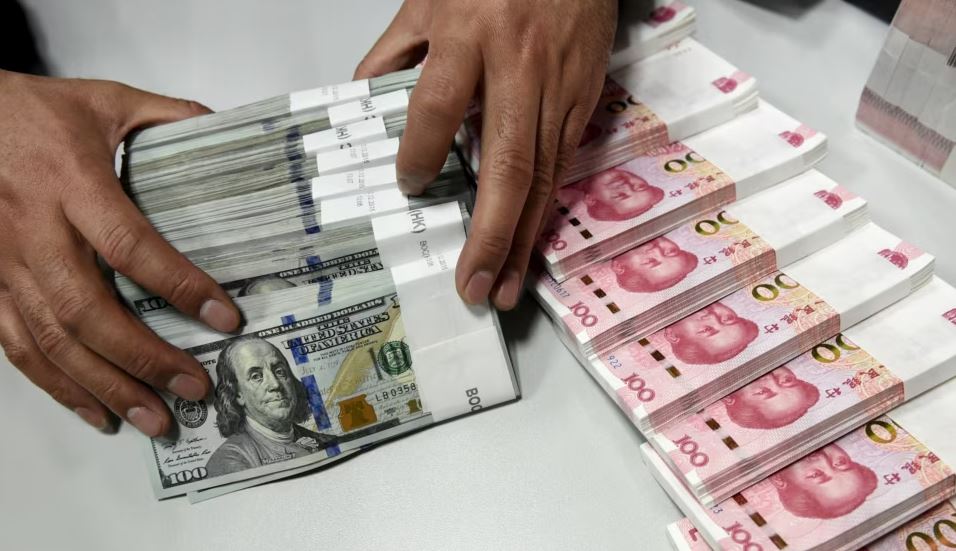
By last year, China was already discarding US debt to prop up its yuan, given considerable declines against the dollar. This could again be the case, as the greenback has rallied heavily on hawkish US monetary policy.
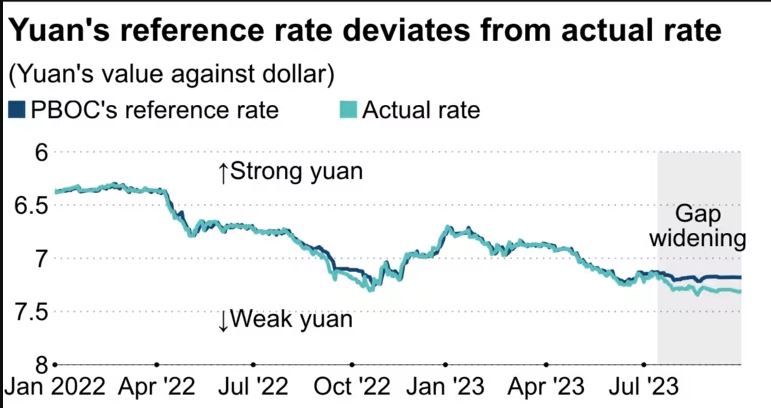
In fact, the US Dollar Index has reached as high as 4.9% year-to-date, while the yuan has only trailed lower. This has made imports into the country expensive and could be a trend that only gets worse: that’s if rising US protectionism continues to prop up the greenback.

Most recently, that’s as the Biden Administration has announced tariffs on a slew of advanced Chinese products, targeting everything from electric vehicles to batteries.
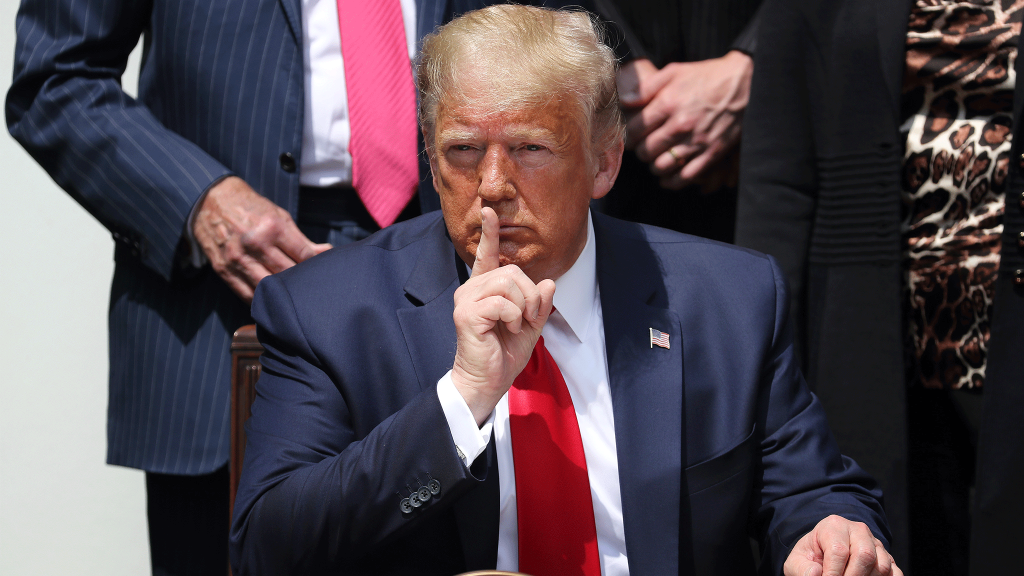
If former President Donald Trump wins back the White House come November, he has promised to apply even higher tariffs of 60% on Chinese imports.

To diversify from the dollar, Beijing is also diving harder into purchasing gold. Now, the metal makes up a 4.9% of Chinese reserves, the highest since at least 2015, Bloomberg said. It’s a trend followed by other central banks as well, who have been snapping up bullion at record speeds.

But dollar strength isn’t the only thing motivating these trends. China is also de-dollarizing its reserves as part of a broader movement to diversify global finance, and chip at dollar dominance.

Fear of US sanctions first triggered this pattern among central banks, after witnessing how the West applied dollar restrictions on Russia in 2022.

